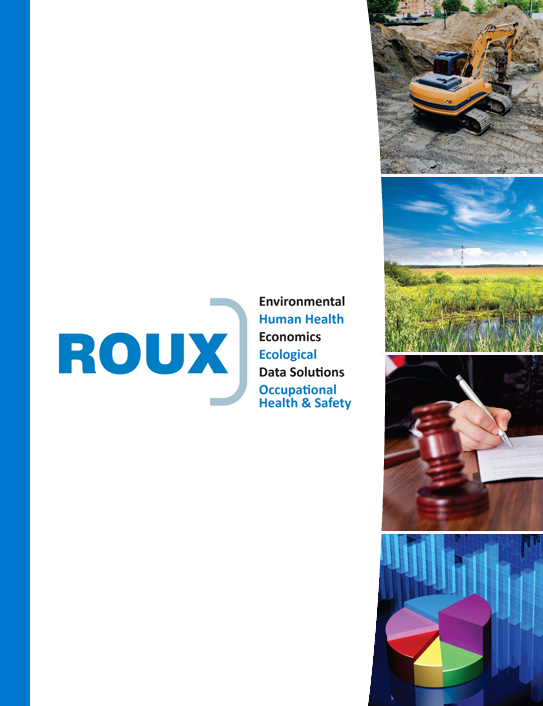Microplastics: The Next Big Emerging Environmental/Product Defect Liability?
Microplastics (plastic debris smaller than five millimeters) are in the news more and more. With PFAS impacts consuming most people’s attention regarding emerging chemicals, what’s the microplastics buzz about?
Microplastics are everywhere. We know that humans and ecological systems are exposed to microplastics. Like PFAS, microplastics are an ubiquitous problem due to consumer and industrial use. For example, household dust can be composed of up to 13% microplastics from degradation of plastic products that dominate our households.(1) In addition, microplastics are present in our drinking water (present at higher rates in bottled water than in tap water) and microplastics accumulate in surface water and sediment. Microplastics also accumulate in the tissue of seafood, especially in filter feeders such as oysters and other shellfish. Although we know human and ecological exposure is occurring, what’s more uncertain are potential health effects.
Evidence regarding the toxicity and exposure of humans and ecological receptors to microplastics is emerging and evolving at a blistering pace.(2) Generally, we know that super small plastic particles can cause damage to DNA and can lead to tissue inflammation. What adds another layer of complexity is that microplastics can also sorb contaminants once they are in the environment, including: polychlorinated biphenyls (PCBs), flame retardants, polycyclic aromatic hydrocarbons (PAHs), lead, polychlorinated dibenzo-p-dioxins (PCDD), and dibenzo furans (PCDF). Some plastics are also formulated with other chemicals (bisphenyl-a [BPA], phthalates, styrenes, antibiotics) that can potentially cause adverse human and ecological health effects at low levels. In short, plastics act as a magnet for various persistent chemicals that have the potential to increase exposures that affect human health and ecological receptors. While the World Health Organization (WHO) concluded in 2019 that “there is no reliable information” to suggest that human exposure to microplastics themselves via the drinking water is a concern, WHO noted there is “insufficient information to draw firm conclusions on toxicity.”(3) No epidemiological or human studies on ingested microplastics have been conducted to date, and there has been one rodent-based toxicological study.
Meanwhile, the European Union has taken an “upstream” approach, limiting microplastic use in various applications and industries. California is the first of the states beginning to undertake a “downstream” approach, requiring testing for microplastics in drinking water under the Safe Drinking Water Act.
However, litigation under the Clean Water Act, the National Pollution Discharge Elimination System, or other state cleanup requirements may be coming soon. An uncertain regulatory climate and emerging science will prove to be a challenge for industry using microplastics in products, and for water providers trying to provide safe drinking water to residents.
For more information and resources regarding microplastics, and/or to speak with one of our experts, please fill out the form below.
- Liu et al, 2019. Environment International.
- G.N. Thushari and J.D.M. Senevirathna, 2020. Plastic Pollution in the Marine Environment.
- World Health Organization. 2019. Microplastics in drinking water. https://apps.who.int/iris/bitstream/handle/10665/326499/9789241516198-eng.pdf?ua=1

